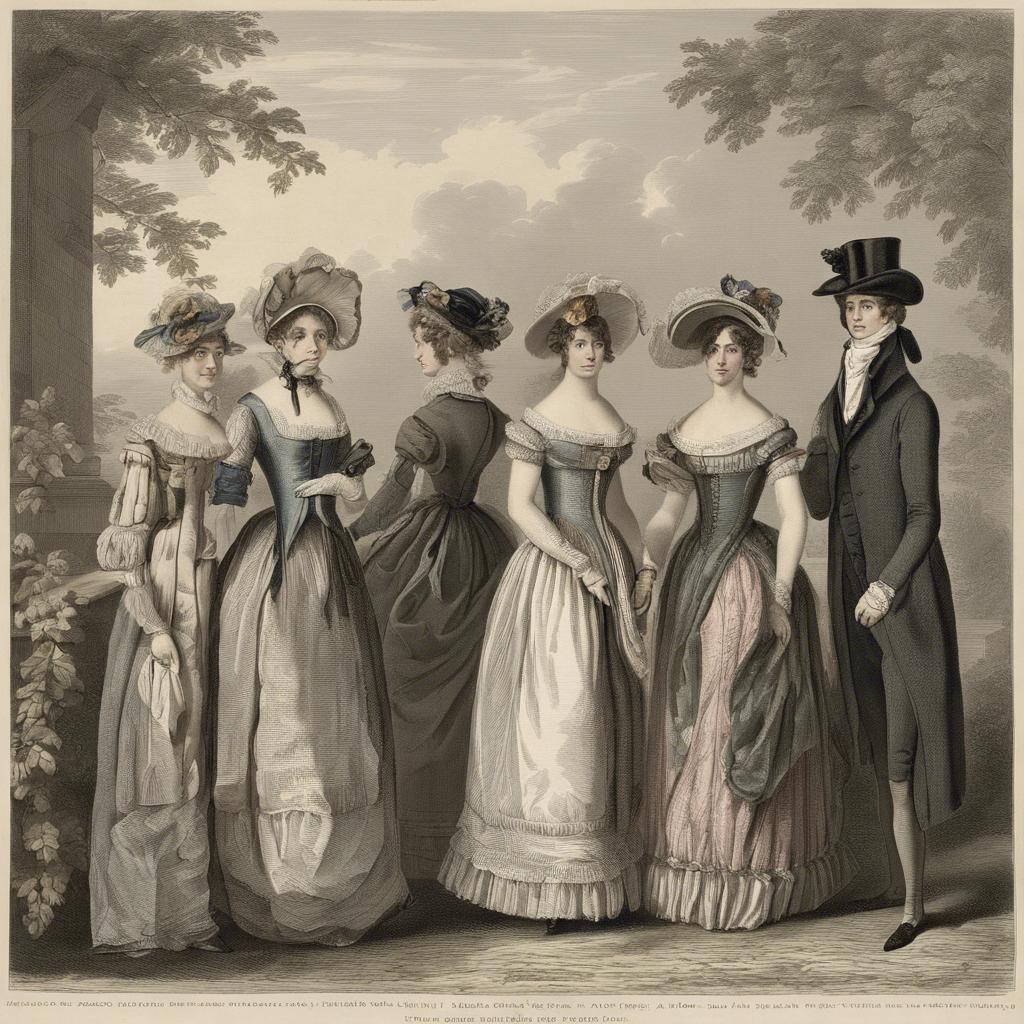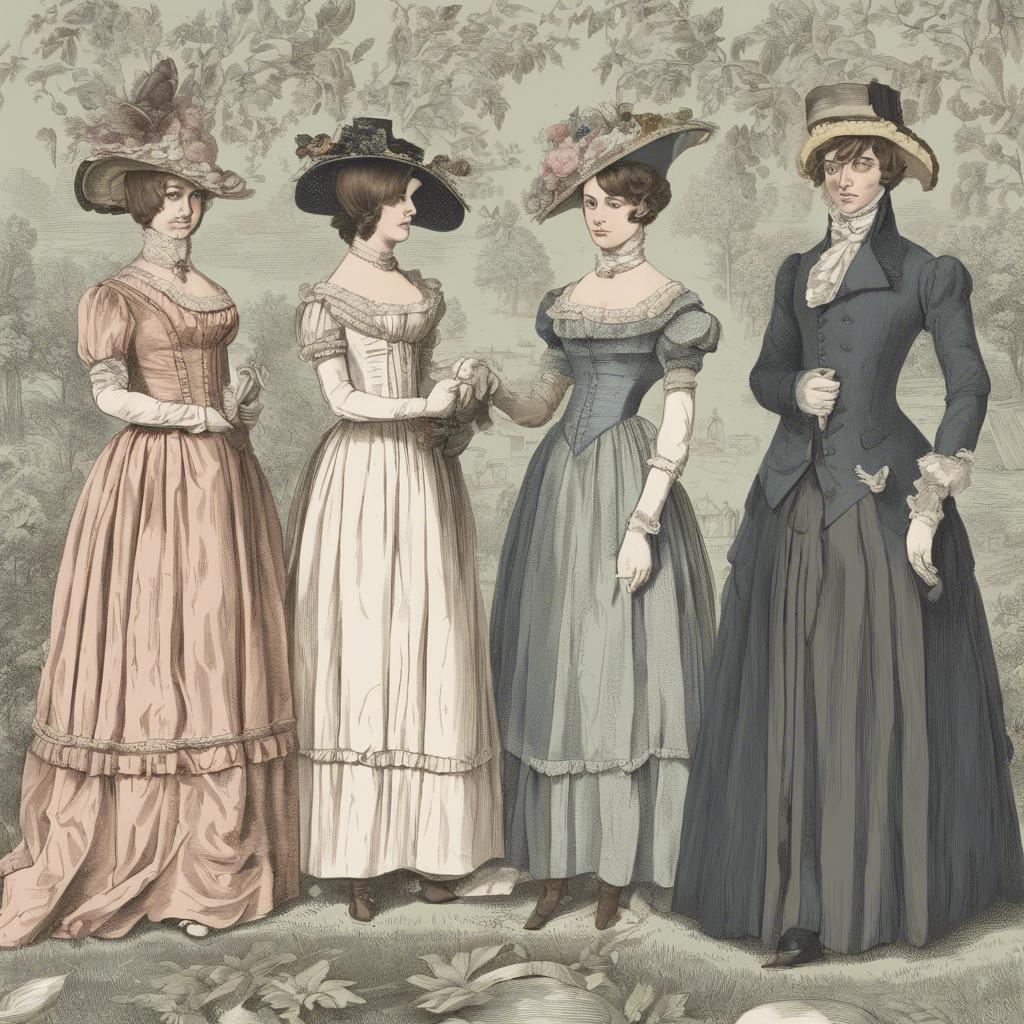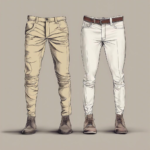In the early 19th century, the world of fashion held a significant importance in society, particularly in the realm of Jane Austen’s iconic novel “Pride and Prejudice.” Clothing not only served as a means of self-expression, but also as a symbolic representation of one’s social status and character. In this article, we delve into the sartorial choices of the characters in “Pride and Prejudice” and explore the role that fashion played in shaping their identities and relationships. Join us as we take a closer look at the intricate tapestry of clothing in Austen’s timeless classic.
Step Into the World of Cheryl Bolen
Dive into the enchanting stories of love, intrigue, and elegance set in the Regency Era. Cheryl Bolen's novels offer timeless romance and captivating tales that will leave you wanting more.
Explore Cheryl Bolen's Books Now
Heading 1: The Significance of Clothing in Regency England Society
In Regency England society, clothing played a crucial role in determining one’s social status and identity. The intricate details of one’s attire, such as the fabric, style, and accessories, were all carefully chosen to reflect one’s wealth, class, and taste. In Jane Austen’s Pride and Prejudice, clothing is used as a tool to illustrate the characters’ personalities and the societal norms of the time.
For the upper class in Regency England, clothing was a symbol of wealth and status. Women of the aristocracy adorned themselves in lavish silk gowns, adorned with delicate lace and embroidery, while men wore tailored suits made from the finest fabrics. These elaborate outfits not only showcased their affluence but also adhered to regency era coming out age”>strict societal expectations of propriety and refinement. In Pride and Prejudice, characters like Mr. Darcy and Lady Catherine de Bourgh are depicted wearing opulent attire that sets them apart from the rest.
On the other hand, the attire of the lower classes in Regency England was more practical and simple. Working-class individuals wore sturdy fabrics such as cotton and wool, with little embellishment. Their clothing was utilitarian, reflecting their modest means and lack of extravagance. Characters like the Bennet sisters in Pride and Prejudice showcase the contrast between the upper and lower classes through their attire, highlighting the social hierarchy of the time.
Heading 2: Detailed Analysis of Fashion Trends in Pride and Prejudice
In Pride and Prejudice, clothing plays a significant role in reflecting societal norms and character development. The intricate details of fashion trends in the 19th century are meticulously woven into the narrative, offering insight into the social hierarchy and personal qualities of each character. From the elegant ballgowns worn by the wealthy elite to the simple muslin dresses of the lower classes, every detail of attire serves as a subtle yet powerful symbol of status and personality.
One of the most iconic fashion moments in Pride and Prejudice is Elizabeth Bennet’s refusal to conform to societal expectations during the Netherfield ball. Instead of conforming to the opulent and extravagant gowns of her peers, Elizabeth opts for a more simplistic and modest dress, showcasing her independent spirit and disdain for conformity. This bold choice not only sets her apart from the other characters but also foreshadows her rejection of societal norms in favor of personal integrity and authenticity.
In contrast, characters like Caroline Bingley and Lady Catherine de Bourgh use their extravagant wardrobes to assert their superiority and status over others. Their lavish costumes are not just a reflection of their wealth but also a tool to intimidate and manipulate those around them. Through their fashion choices, these characters reveal their true nature, highlighting the connection between clothing and character in the world of Pride and Prejudice.
Heading 3: Recommendations for Recreating Regency Era Apparel
When looking to recreate apparel from the Regency Era, it’s important to pay attention to the finer details that define the fashion of that time. To achieve an authentic look reminiscent of the clothing seen in “Pride and Prejudice,” consider the following recommendations:
Fabric Choices:
- Opt for lightweight fabrics such as muslin, cotton, and silk.
- Choose pastel colors and floral patterns for a feminine touch.
- Embrace delicate lace and ruffles for added elegance.
Silhouette and Design:
- Focus on empire waistlines for women’s dresses to achieve the signature Regency silhouette.
- Incorporate high necklines and puffed sleeves for a romantic look.
- For men, go for tailcoats and breeches paired with waistcoats for a dashing appearance.
Heading 4: Social Status and Symbolism in Clothing Choices in the Novel
In “Pride and Prejudice,” clothing plays a significant role in demonstrating social status and symbolism among the characters. The novel showcases the importance of dress and fashion in determining one’s place in society during the Regency era. The characters’ clothing choices serve as a reflection of their wealth, class, and personality.
Throughout the novel, the wealthy characters, such as Mr. Darcy and Caroline Bingley, are often described as wearing expensive and fashionable clothing made of fine materials. Their attire symbolizes their elevated social status and distinguishes them from the lower classes. In contrast, characters like the Bennet sisters, who come from a lower social standing, are depicted as having less elaborate and stylish wardrobes.
Additionally, clothing is used as a form of symbolism in “Pride and Prejudice.” For example, Elizabeth Bennet’s preference for simple and practical dresses over extravagant ones reflects her down-to-earth nature and lack of concern for superficial appearances. On the other hand, characters like Mr. Collins, who is obsessed with propriety and societal norms, are portrayed as being overly concerned with dressing according to the expectations of their class. the clothing choices in the novel serve as a visual representation of the characters’ personalities and social positions.
| Character | Clothing Description |
|---|---|
| Mr. Darcy | Wears expensive and fashionable clothing made of fine materials |
| Elizabeth Bennet | Prefers simple and practical dresses over extravagant ones |
Key Takeaways
the clothing in Pride and Prejudice serves as a poignant reflection of the societal norms and values of the Regency era. From intricately detailed gowns to meticulously tailored coats, every aspect of attire in this novel carries symbolic meaning and contributes to the overall narrative. Through the lens of fashion, we are able to gain a deeper understanding of the characters, their social status, and the complex dynamics at play in Austen’s world. As we continue to explore the themes of class, gender, and personal identity in literature, let us not overlook the significance of clothing as a powerful tool for storytelling and social commentary.


